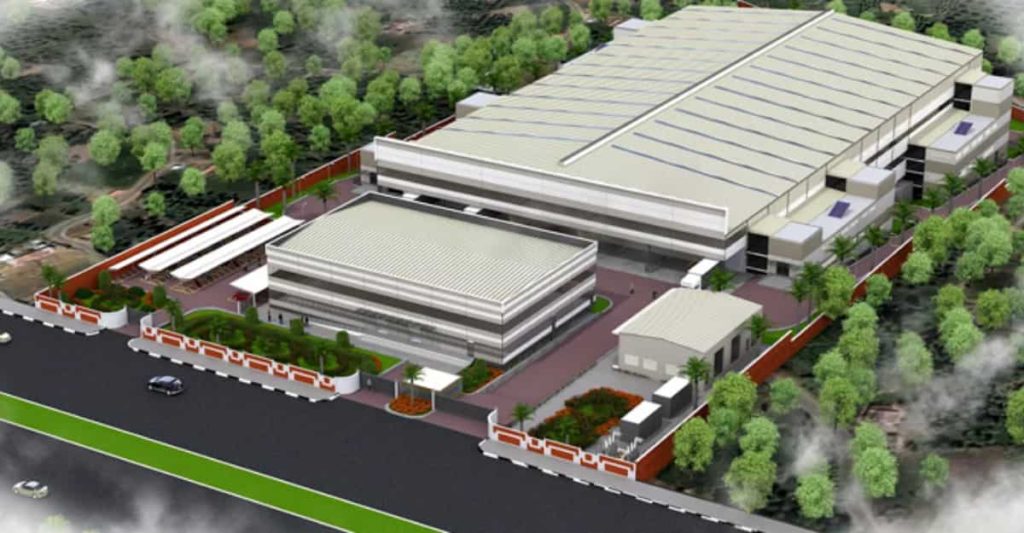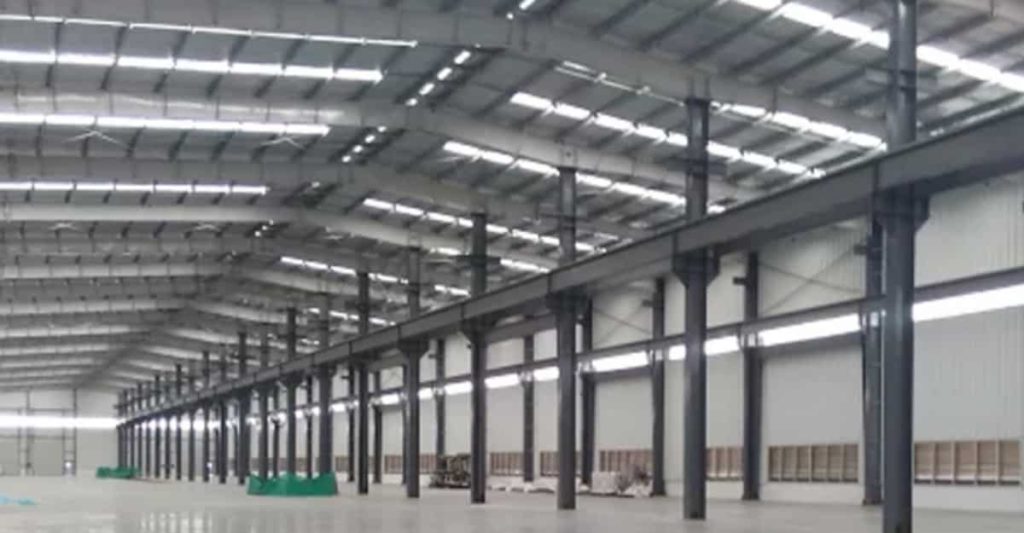A construction project by an industrial architect involves a lot of planning and detailing to ensure that everything goes according to schedule. This led to the development of the construction lifecycle, which consists of six main phases. These phases more or less help streamline the entire process, so that the construction is completed within the deadline, and quality is not skimped on during any stage. The different phases of the construction lifecycle are:
Pre-project phase
Planning & design phase
Field operations phase
Project operations phase
Project closeout phase
Maintenance & remodeling phase
Industrial architects are of the opinion that designing plays a critical role in the construction lifecycle. The different phases of the construction lifecycle are a testament to this fact. The second phase or the Planning and design phase further divided into three steps to make it easier for the project manager. The first step involves defining the objectives of the project, thereby checking whether alternative solutions are available to attain these objectives. The feasibility of the project is all looked into at this point.
The second step of this phase involves developing schematic diagrams to show how the different project components will work together. This also involves the detailed design of electrical, structural and other systems. This step is extremely critical, as any errors made in this phase will impact the overall building. The last stage of this important phase consists of developing contract documents. Doing Contractor selection, installation work, etc. using these documents gives a better result. This document includes in-depth detail like technical specifications of the materials required, how they will be installed, and legal requirements and so on.
Tips From Top Industrial Architects In India To Make Sustainable Designs
The growing population on Earth has pushed the construction industry into preferring lower environmental impact building designs. Including this objective in the design phase of the construction lifecycle is the only way for accomplishing this. Sustainability has become the need of the hour with the planet running out of vital resources. Interestingly, sustainable designs require an involved approach to ensure that it can be implemented properly. The designing stage guides the construction team during their developmental phase. Since each phase forms the core of the building, it is vital to imbibe the goal of each objective and turn it into reality.
The designing phase of the construction lifecycle brings forth many targets and goals which can be investigated to check whether they are feasible or not. For example, the Middle East has seen a massive boom in the construction business ever since the discovery of oil. However, there is a shortage of water in these regions. Many well-known industrial architects have come up with ingenious sustainable building concepts to create buildings surrounded by greenery within this desert land. Using the treated water from the sea for watering these regions have turned an unlivable portion of the Earth into one of the most sought after cities.
Relationship Between Commercial And Industrial Design & construction
Every employee in the construction business needs to understand the close relationship that exists between design and construction. They are more or less like an integrated system. The design consists of creating a new description of the building from scratch that includes inputs from the client, whereas construction is the implementation of the above-mentioned design. Hence the construction team needs to find a way to perform their operational tasks in relation to both these phases. Nevertheless, there are a few key points to remember during the construction of any kind of building:
Each building is Custom designed. So it will take time for completing the project. Pushing forward the deadline will bring down the quality of work.
Each site will have specific conditions; it is up to the industrial architects to ensure that these conditions are incorporated into the design to take advantage of them.
Buildings are usually built to last for a long time; it is up to the industrial architects to see the requirements of the future as far ahead as possible.
Although the design plans are made ahead of the construction schedule, it is not uncommon for changes to be made to these design plans during the construction phase. This is most often due to market demands and technological complexity.













